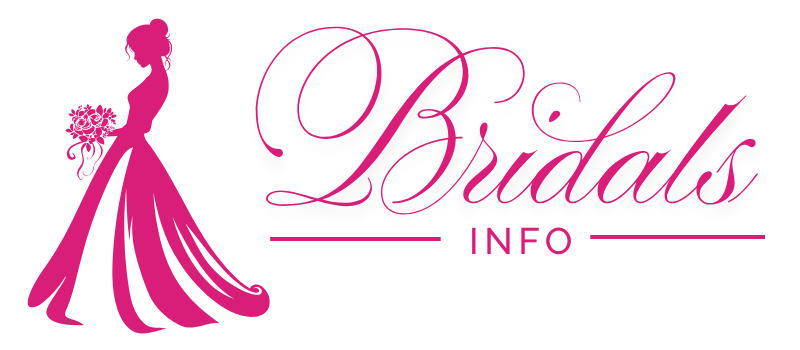Wedding planning has changed significantly in the last few years as more couples place a higher value on sustainability, emotional connection, and style coherence. Previously done in a hasty or informal manner, vendor selection is now done with the same consideration as hiring a top-tier team for a startup. And it ought to be, as these individuals will influence the most unforgettable moments of your life.
Start with a goal. A clear vision serves as a compass to help you stay focused when making decisions. Consider the atmosphere you wish to create at your wedding. Is it natural and intimate? Magnificent and glitzy? Once established, this vision will drastically cut down on hours lost and conversations that aren’t aligned.
Smart Steps to Shortlist Wedding Vendors Efficiently
| Step | Description |
|---|---|
| Define Your Vision | Determine your wedding style, theme, priorities, and emotional tone before contacting vendors |
| Break Down Your Budget | Allocate budget across major categories like venue, catering, photo, music, and attire |
| Start with Online Research | Use review platforms and visual portfolios to narrow options by quality and compatibility |
| Request Trusted Referrals | Ask your planner, friends, or venue for recommendations based on real experiences |
| Ask for Venue Lists | Most venues have curated vendor lists that are proven to work well with their site |
| Schedule Key Consultations | Meet your top picks early and prepare thoughtful questions to guide the conversation |
| Evaluate Vendor Chemistry | Pay attention to their communication style, responsiveness, and how well they understand you |
| Scrutinize the Contract | Make sure details like deliverables, deadlines, and cancellation terms are exceptionally clear |
| Pay Attention to Red Flags | Trust your instincts—if something feels off during meetings, it likely will be later too |
| Confirm, Secure, and Follow-Up | Lock in vendors, sign contracts, and schedule follow-up meetings as your date approaches |
Clarity of the budget comes next. It is especially helpful to know how your overall budget is broken down by category when you are just starting to plan your wedding. Couples who omit this step frequently end up with too much commitment in one area and not enough resources in another. You position yourself for more intelligent shortlisting by setting boundaries for each category, such as designating 25% for the venue and 15% for photography.
It’s now very easy to find vendors who fit your style and budget thanks to websites like The Knot and Zola. Keep an eye on how vendors handle criticism in addition to five-star ratings. Reviews with a calm, professional tone imply that they will manage stress in real life with poise.
Many vendors are added to preferred lists through strategic partnerships with venues and planners, not because they are paid but rather because of their prior performance. These carefully chosen suggestions are especially helpful for minimizing compatibility problems and saving time. Your venue is already aware of which florists can withstand the weather without wilting or which bands have trouble with power sources.
Schedule consultations after you have a list, but make sure they are productive. To determine whether a vendor pays attention, provides customized insights, and works with flexibility, a 30-minute video call is frequently sufficient. Try to elicit information from them about how they function under pressure during these calls. “How do you deal with unexpected rain for an outdoor event?” or “What is your contingency plan in case you get sick?”
Chemistry evaluation is essential. Vendors provide more than just goods; they also provide presence. For example, it is the responsibility of a photographer to capture every private moment, sometimes without a word. Their work will reflect this misalignment if they are not emotionally in agreement. On the first call, one bride said she felt rejected by her DJ; she moved on and never turned around.
Although they shouldn’t be, contracts frequently feel like an afterthought. You can prevent future confusion by going over every detail, including the payment schedule, services included, and overtime fees. Essential components are frequently concealed as add-ons in surprisingly inexpensive packages. Something is most likely false if it looks too good to be true. Document transparency is a powerful sign of professionalism.
Having faith in your instincts is still a very successful tactic. You’ll be able to tell during consultations if the vendor is actively listening to you or talking over you. Are their responses incredibly precise and unambiguous, or are they evasive about logistics? Consider it a warning sign if they discuss themselves more than your event.
Diverse markets have seen a startlingly similar trend in recent months toward inclusive, value-aligned vendor selection. The drive for authenticity is changing how couples make decisions, whether they are looking for zero-waste florists, queer-friendly photographers, or BIPOC-owned companies. Aesthetics is no longer the only consideration. It has to do with common priorities.
Employing a planner is a very effective tactic, especially for professionals with hectic schedules. Planners not only make scheduling and communication easier, but they also provide insider knowledge that is impossible to find on Google. You can access vendors who have demonstrated their ability to perform under pressure by utilizing their experience.
Once you’ve found the right fit, move quickly. Prominent suppliers reserve their spots well in advance, sometimes up to a year in advance. Don’t be afraid to ask what’s required to move forward or to request a date hold if you connect with someone who meets all the requirements. A delay frequently results in disappointment.
Filling slots is not the goal of vendor selection. It involves putting together a group of people who respect your time, are aware of your story, and provide not only services but also peace of mind. Effective vendor selection transforms the process from a chore on your to-do list into a happy aspect of the trip.

